The Monthly Interview: Chris Ashworth
The designer’s new book spans everything from his formative period at Ray Gun magazine through to his corporate life at Microsoft. Here, he reflects on a career of two halves and his recent move back to the UK after 15 years away
At a quick glance, Chris Ashworth’s CV reads like something out of the TV series Severance. Over the three decades he’s spent in the industry, he’s inhabited both extremes of the design spectrum; firstly, making his mark on two classics of 90s music magazine culture, Blah Blah Blah in the UK and Ray Gun in the US, at a time when wildly experimental typography was all the rage. And secondly, as a creative director in corporations such as Nokia and Microsoft, where he headed up global brand projects and managed a team of 25 people.
Designed and authored by Ashworth himself, his new book Disorder is his attempt to rationalise his double life in design. Drawn from his expansive personal archive, which has been back and forth with him in cardboard boxes during four relocations between the UK and the US over the years, the book’s subtitle – Swiss Grit – is a term that has come to encapsulate his design approach over the years.
Ashworth was originally taught by a Swiss designer in the late 80s while studying at York School of Art, so was well versed in the rigours and principles of Swiss typography and design. Then in the early 90s, when he was spending most of his time designing flyers for clubs, he was exposed to David Carson and Why Not Associates, whose work moved him in the same way the Swiss masters did. “Swiss Grit then,” he says, “is essentially Swiss graphic design with some soul. With some serendipity and chance shaken up alongside some rigour and sans.”
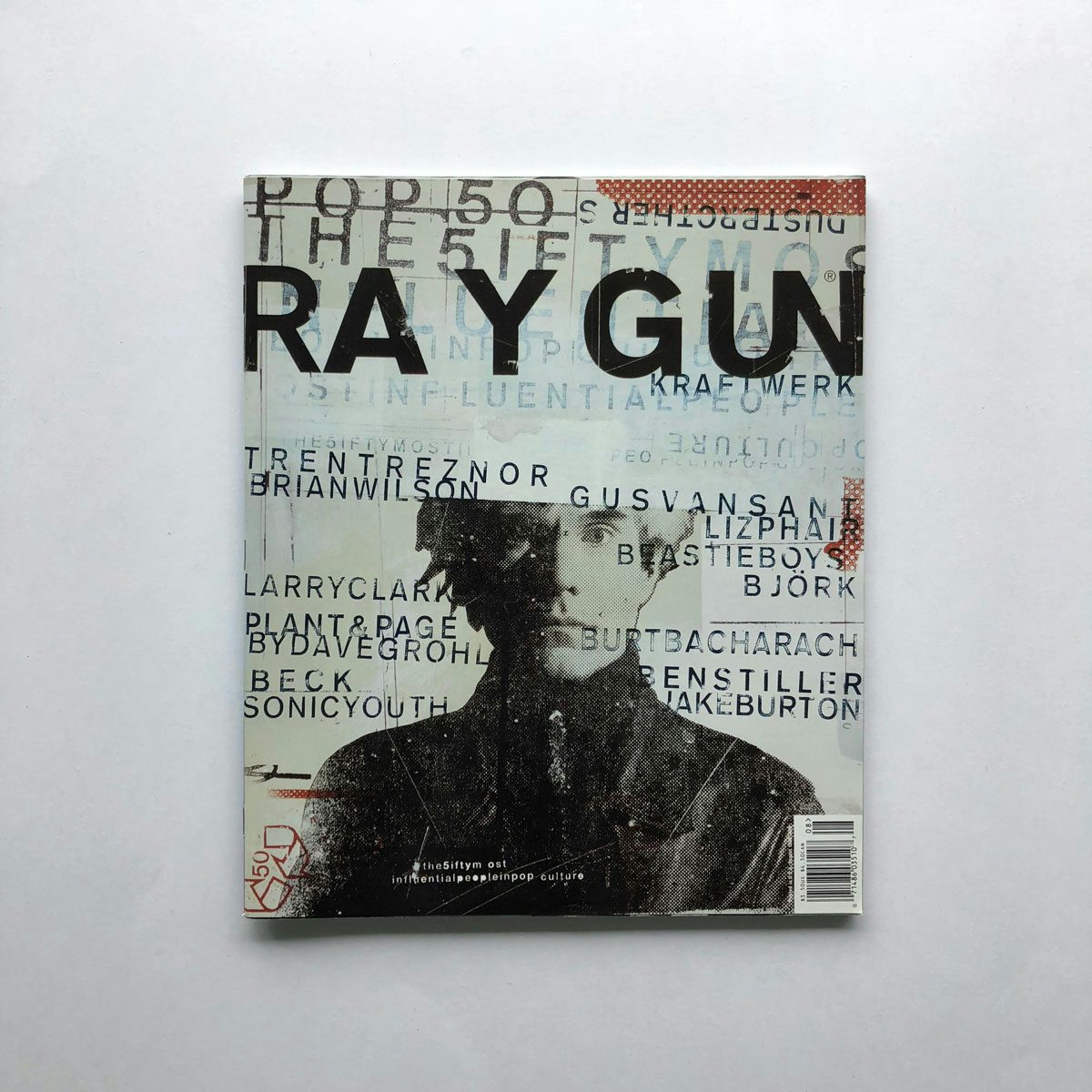
“When I look back on that period it was very formative, because at the start of the decade I didn’t have ‘my own sound’ so to speak, I was playing covers albeit with my own spin on them,” Ashworth continues. “The demos started to come together and then I’d say the debut record came out around the time of several early 90s projects including John Holden’s book Interference in ’93 and then Blah Blah Blah magazine in ’95, which I did with my great friend Neil Fletcher. It wasn’t until I started on Ray Gun magazine in ’97 that it felt like I was honing a sound that I could call my own.”
The designer’s entry into the brand world was more of a serendipitous sidetrack than an intentional pivot. Having already done a couple of covers for Creative Review while running his studio Substance with Fletcher, former editor Lewis Blackwell, who was by now ECD at Getty Images, asked him to become the photo library’s global design director. “I thought he was mad as I had no managerial experience,” says Ashworth. “It was only when I walked into a room of 25 people that it felt right, exciting and something that I didn’t know was missing. The experience of answering global scale marketing briefs within a creative team was a revelation after the previous ten years of flying by the seat of my pants.”
He ended up staying at Getty for eight years, before doing a stint at Nokia running its brand team in London, and eventually ending up as ECD at Microsoft, where he spent 13 years at its Seattle HQ. In his time there, he led the strategic brand development and go to market campaigns, product launches and events for Microsoft’s consumer products, including Windows and Microsoft 365.
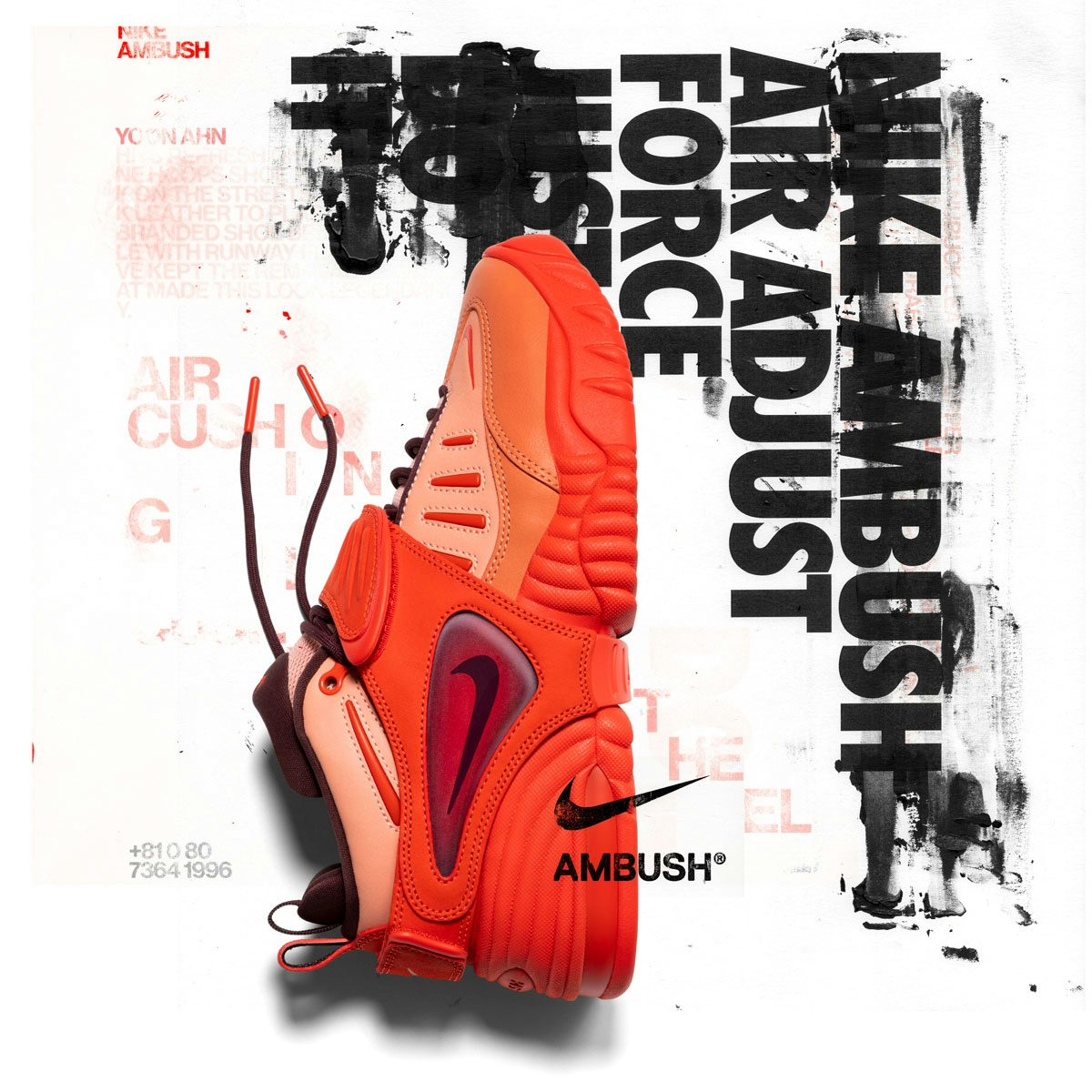
For a long time, Ashworth kept his Innie and Outie design selves separate, so to speak. He never brought his personal aesthetic into his corporate work, while only a handful of his colleagues knew about his history of more experimental work. And while he admits that the realities of landing a big corporate job and having two young kids meant that his personal practice fell by the wayside for over decade, the last few years have seen him return to his defiantly DIY design work.
This process started in 2018, with small type sketches he made in his spare time inspired by songs he was listening to, which he called ‘sound in print’. Around the same time, he started photographing type that he came across on the streets as he walked his dogs around Seattle. After a few months, he began posting his creations on Instagram, where he’s since racked up 117,000 followers. “I have a small agenda to push handmade human creativity on a digital platform, there’s something counter intuitive about it that I like,” he explains.
Alongside finished pieces that he sells on his website, he also shows work-in-progress shots that reveal his creative process in more depth. The sketchbook is usually where his ideas begin, inspired by conversation, music and the things he sees out in the wild. He then reaches for whatever else he can find in his vicinity – typically rulers, scalpels, Tippex, tape, Letraset and glue.
In a world that’s gone digital and is being taken over by the bots, I’ve had an overwhelming response and interest in the way I make the work by hand
Putting his personal work back out into the world has also led to commissions from the likes of New Order and Nike in recent years. “It was challenging as I had a day job at Microsoft, which ate a lot of my time, but I’d pull all-nighters if needed to do the personal commissions. Who’d turn down the chance to work with Futura Extra Bold Condensed, create storytelling with the words ‘just do it’ and put a swoosh on their layouts!” he says.
This period of personal experimentation also coincided with the beginnings of making Disorder. “When I started putting the book together seven years ago, I made a pact with myself that I wouldn’t pursue anything to do with getting it published until it was in the bag. I’d had 25 years of corporate project deadlines so the idea of having no due date was appealing,” Ashworth adds.
But a couple of years in, he realised that he was already well north of 1,000 pages and it was nowhere near done. Volume II then, spans his work from 1997 to date, including Ray Gun and Microsoft, while the follow-up book, Volume I, will cover work pre-1997, including his output from Substance, his stint at MTV (which included collabs with Tomato and Anton Corbijn), and Blah Blah Blah magazine.
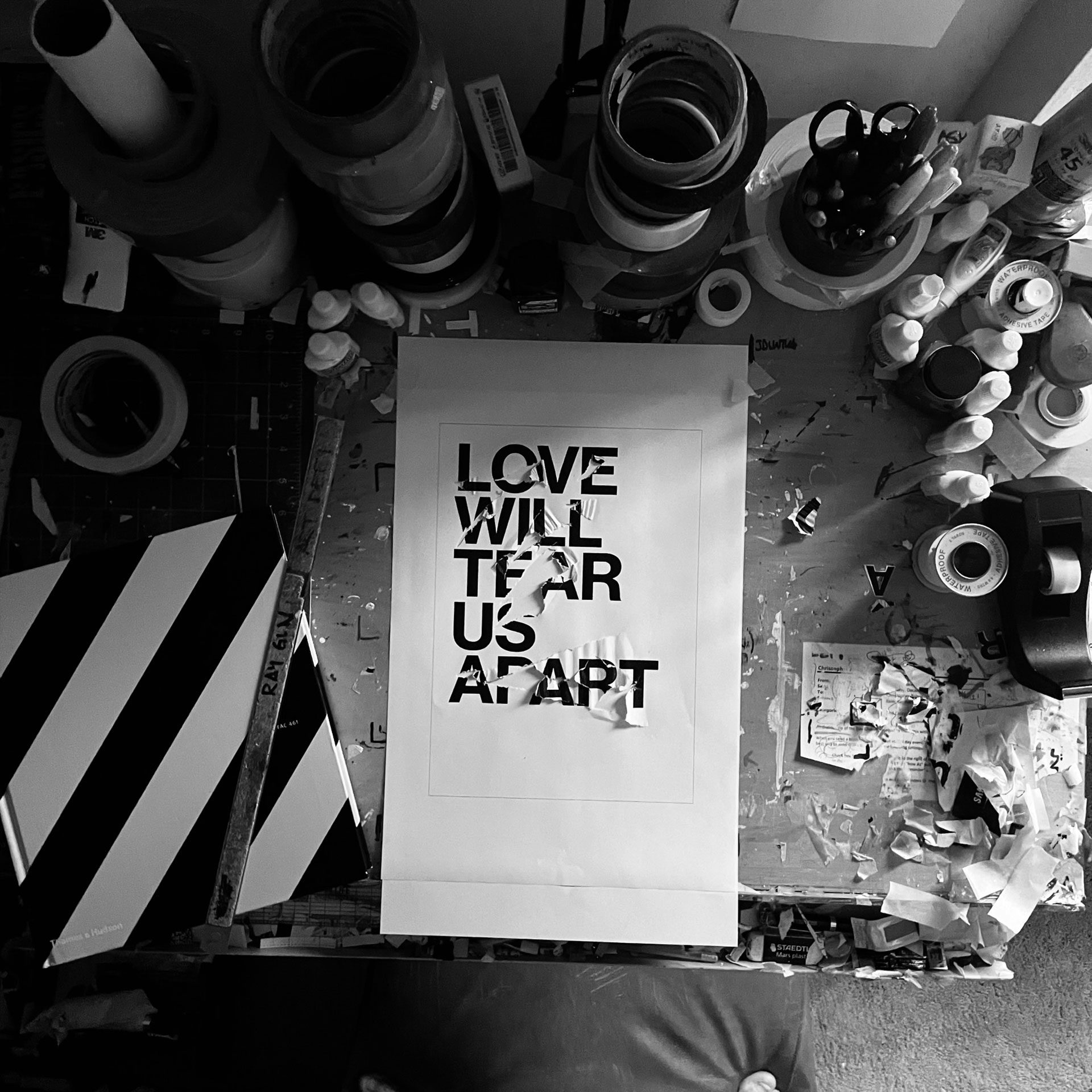
“Putting out the second book first seemed to make sense at the time,” he laughs. “I guess if I’d had to sell that into a marketing org I would have failed miserably. That’s one of the joys of working for yourself, I guess. I’ve never really been very conventional, hence the book’s title which popped into my head one morning when the Joy Division song came on the radio. ‘Disorder’ seemed apt in more ways than one.”
Reflecting on what has essentially been a career of two halves, Ashworth notes: “It makes no sense. And it makes total sense. I put my website together last year and it was literally the hardest marketing job I’ve ever had to do. Ray Gun and Microsoft. Chalk and cheese in the same mouthful. But it makes sense (to me at least) because both ends of the spectrum involve ideas, creativity, communication, proactivity, resilience, enthusiasm, hunger and a love for making.”
The other paradox in Ashworth’s career history has been the clear tension between the analogue and digital worlds, particularly given that he’s among the last generation of designers who were trained in the pre-digital era. “Technology was primal. But the baseness of it was something that resonated with me,” he says. “There was just enough of it to aid you in your work – a fax machine, a photocopier, a printer. Contact was face to face for the most part. No email. No social DMs. And you pretty much knew who the people were that were pushing things creatively in the design and typography space.”
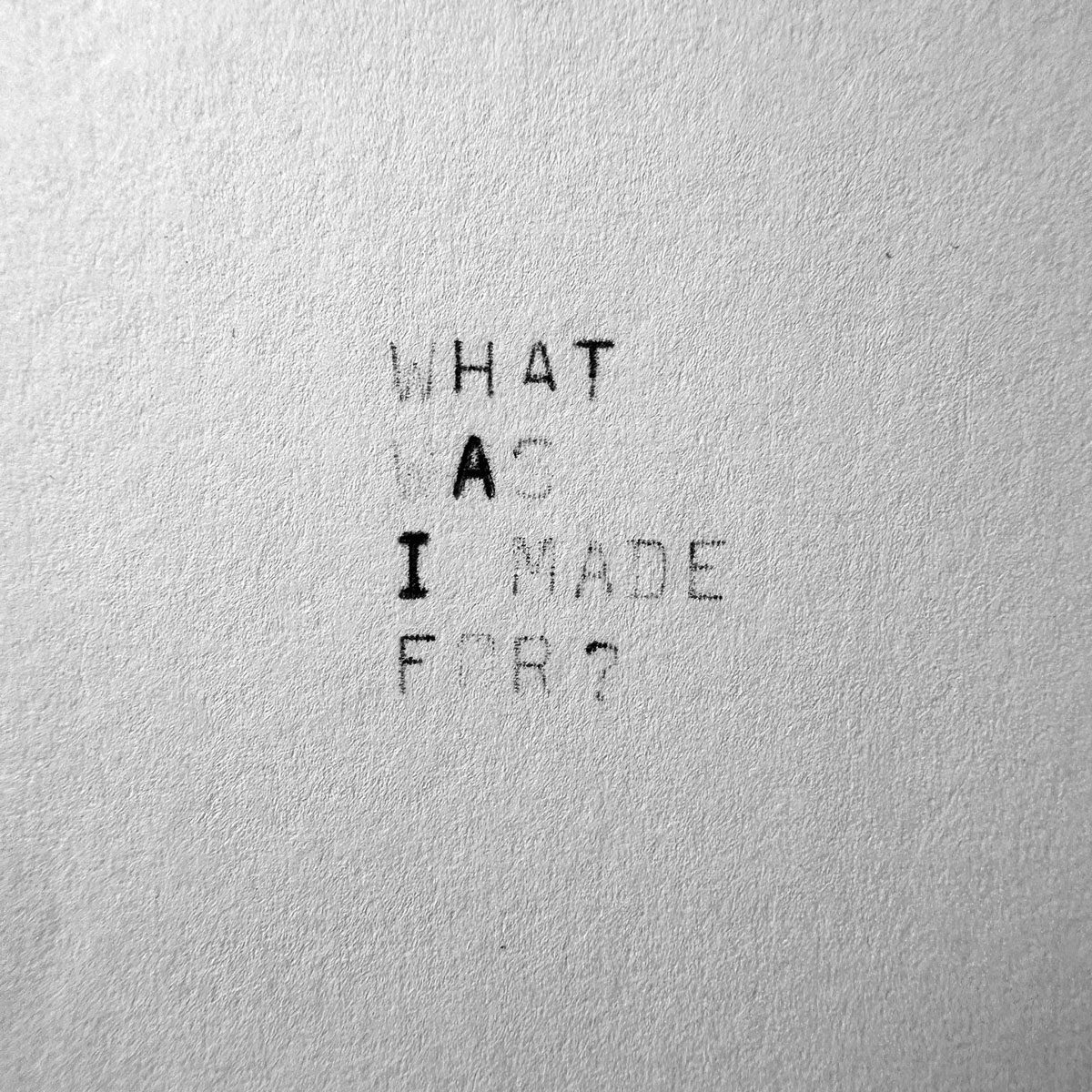
In this context, it’s interesting to observe how just much his personal work resonates with both older and younger audiences. He notes, for instance, that almost two thirds of his followers on Instagram are under the age of 35. “In a world that’s gone digital and is being taken over by the bots, I’ve had an overwhelming response and interest in the way I make the work by hand. I get a lot of people asking what Letraset is, what I’m doing with a surgical scalpel, or ‘what the hell is liquid paper!’”
Asked what impact he thinks artificial intelligence in particular will have on the next generation of design talent, Ashworth is clear: “AI can kiss my art! In order for it to ‘do its thing’ it first has to scrape your creativity, my creativity and everyone else’s creativity.
“So while it certainly does have potential merits as a production tool, I’m not personally inclined to want to hang out with it because I’ve got a fundamental problem with how it got to the party, how it gained entry. I believe that the creativity we possess as humans is our greatest resource and that it will become increasingly vital that we protect it, nurture it and keep putting it out there.”
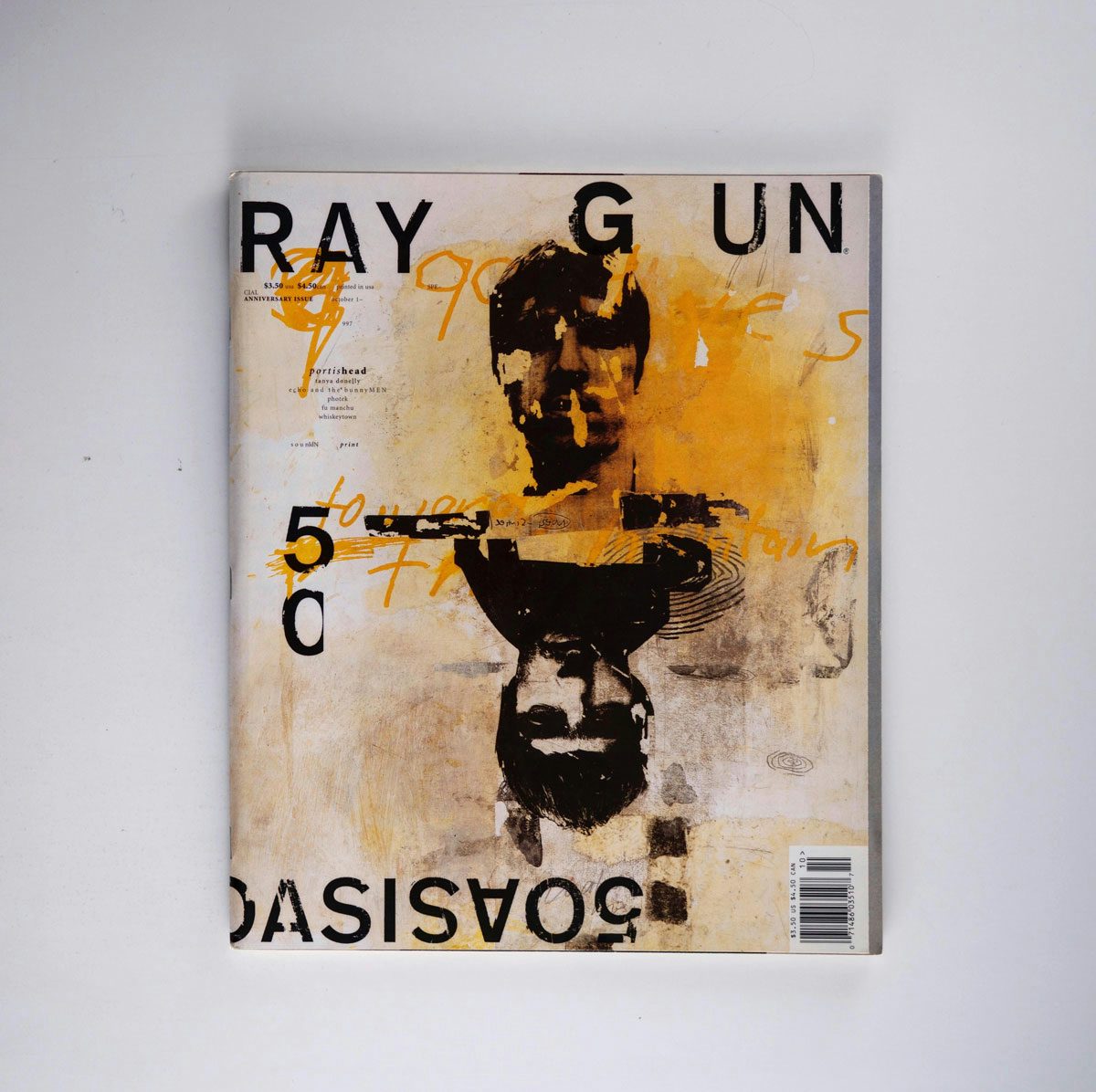
As for what’s next for Ashworth, he’s recently swapped Seattle life for the Cotswolds, after being made redundant from Microsoft during the widespread tech industry layoffs in late 2023. Having spent almost half his life in the US on-and-off, he was keen to move back to the UK with his wife Nicola and their 12-year-old twins, in part to be closer to family. “It’s been a tough transition but it all pales into insignificance when you see how happy the kids are,” he says. “As for what I’m personally enjoying: flat pints. Pies. Banter. And watching the greatest football team on the planet surge towards their 20th title. YNWA.”
With the first part of his book series finally making its way out into the world, Ashworth’s now focused on the second part of what he’s hoping will be a trilogy, as well as producing work to sell on his site. And in a bizarrely full circle moment for the designer, he’s also collaborating with Ray Gun’s founder Marvin Scott Jarrett – after a 25-year hiatus – on the spring issue of his new magazine. “I put some thought into my approach and decided that I wanted this project to feel progressive, more expansive and less claustrophobic, less bitty,” he says.
“It’s still Swiss Grit but the marks I’m making are a little more edited. As a whole 90-page package it will not in any way be less alternative. The hands, scalpel, Letraset, stencils and acrylics are driving the bus. The Mac is waiting patiently in the wings, in the production department.”
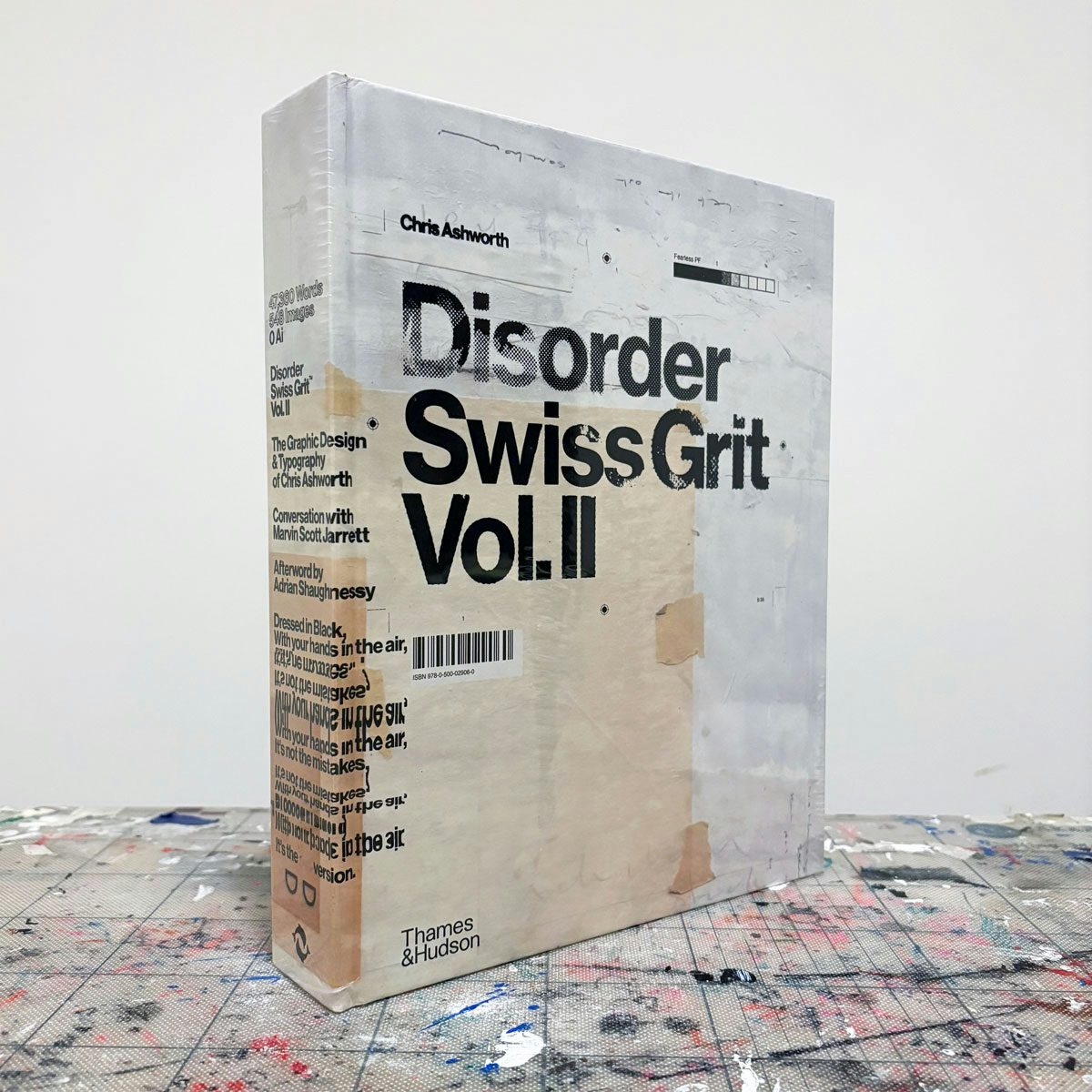
Disorder: Swiss Grit Volume II is published by Unit Editions; thisisme.art




